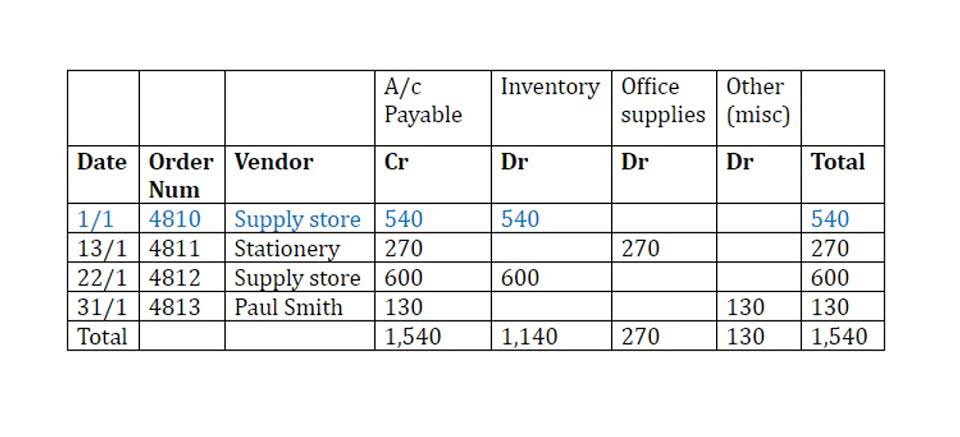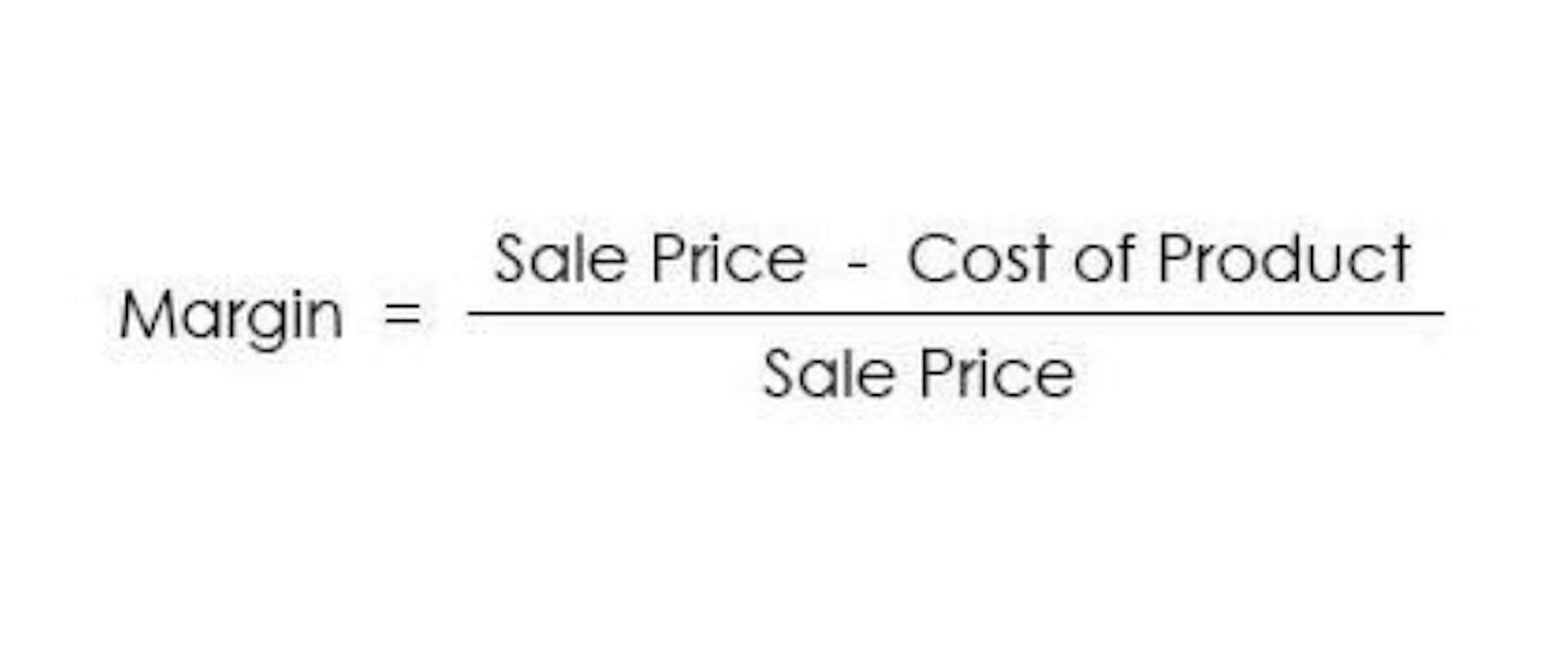
It’s a concise way to denote large amounts without taking up a lot of space on the page or screen. It’s also common to see K used for 1,000 and B for a billion. To avoid confusion, use any and all abbreviations consistently throughout all your financial records.

Millimeter and Other Customary Units

If the company sells 26,000 units, the accountant can record that as 26M units. If net income runs to $6,500,000, it goes on the books as $6.5MM. The MM abbreviation works whether the entry is in dollars, some Interior Design Bookkeeping other currency or millions of items or customers. “Millimeter” is a unit of length that equals one-thousandth of a meter. It is a small unit of measurement compared to the centimeter, meter, inches, and feet we are familiar with.

Millimetre
- M means a thousand, so MM is the sum if you multiply M by M, or 1,000 multiplied by itself equals 1,000,000.
- The example below shows how figures can be portrayed in millions.
- The cardinal number is automatically recognized when using M or MM in accounting.
- These figures have values of 1, 5, 10, 50, 100, 500, and 1,000.
- In various aspects of finance such as budgeting, financial analysis, reporting, and forecasting, the use of MM aids in ensuring accuracy and precision.
- On the other hand, “MM” stands for millions, a convention that has gained widespread acceptance in financial reporting and analysis.
- The use of MM to represent a million originated from the Roman numeral system, where “M” stands for thousand.
If you think there’s any possibility of your use of MM being confusing or being misinterpreted, you’re safer writing out the numbers or using “millions.” In internet record keeping, for instance, CPM is the cost per thousand impressions of an internet ad. Explore Our Course LibraryEnhance your leadership skills with our diverse selection of courses. Take your abilities to the next level and become a more effective leader and team player. Boost your normal balance confidence and master accounting skills effortlessly with CFI’s expert-led courses! Choose CFI for unparalleled industry expertise and hands-on learning that prepares you for real-world success.

What is the standard size of an A4 paper in millimeters (mm)?
- You have to be careful when using it or interpreting it because MM can stand for other things too.
- There are actually a few different ways that 1,000,000 can be expressed when it comes to writing dollar amounts.
- Unfortunately, there isn’t a consistent approach to labeling units.
- Some examples of objects having about 1 millimeter length areA sharp pencil point and the tip of a sewing needle are approximately 1 mm in length.
- Financial documents often traverse multiple jurisdictions, each with its own set of conventions and terminologies.
It also helps professionals focus on key insights without getting lost in numerical details. As finance becomes more globalized, MM remains a valuable tool for efficient communication and understanding across industries. While you can make MM stand for millions of anything, it’s important that the reader knows whether you’re talking about dollars, euros, units shipped, etc. If, say, you use it for both units and dollars in the same document, separate the different categories so your readers don’t get confused.
- Once you get to a large sum, it makes sense to abbreviate it in common ways to help everyone understand the figure without overwhelming them.
- Roman abbreviations are usually not capitalized when using this method (1MM vs. 1mm), but each firm has different standards they follow.
- This conversion is a fundamental one to remember when working with the metric system.
- If you have to spend time counting how many zeroes are after a number to understand the full amount, it’ll take extra time to understand what is being communicated to you by an accountant.
- One of the primary benefits of using “MM” in international reporting is its ability to reduce ambiguity.
- The Authorized Share Capital of Company is $15,000,000 shares of $ 100 each i.e. $ 1,500,000,000.
It’s also common to see K used for 1,000 and B for a billion. We have measures like meters and kilometers to express bigger distances, like the distance between two cities, the height of mountains, lengths of rivers, etc. However, the length of the wheat grain, the size of an ant, the thickness of a paper, etc., are some measures we find difficult to express in bigger units of measurement like meters. CFI is the global institution behind the financial modeling and valuation analyst FMVA® Designation. CFI is on a mission to enable anyone to be a great financial analyst and have a great career path. In order to help you advance your career, CFI has compiled many resources to assist you along the path.
- In finance and accounting, MM (or lowercase “mm”) denotes that the units of figures presented are in millions.
- The Romans used “M” to signify 1,000, and this convention persisted through the centuries, influencing various aspects of numerical representation in Western cultures.
- Analysts use it to project future revenues, expenses, and other financial metrics.
- I have seen one million represented by mn and also by m (both lower case).
- Architects and builders rely on millimeter measurements for everything from door sizes to building plans.
The industrial revolution further accelerated the adoption of “MM” in financial reporting. As businesses grew in scale and complexity, the volume of financial data increased exponentially. The need for efficient and standardized reporting methods became more pressing, and “MM” emerged as a practical solution. It allowed accountants and mm meaning financial analysts to present large figures in a more digestible format, facilitating better decision-making and financial planning.
Example of MM in Financial Statements
Rather than use the barred M, however, accounting went with MM as an abbreviation for a million. For example, 1MM equals 1 million, $34MM equals $34 million and so on. A millimeter is usually the smallest unit you can measure using a regular ruler.
